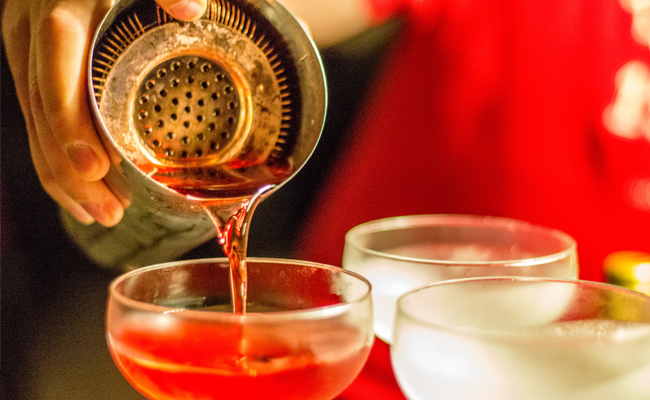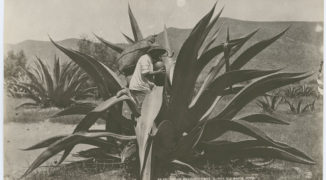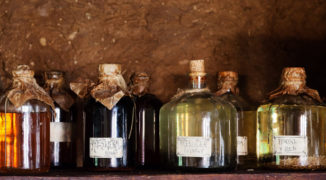The 1894 issue of Iron Age extols the newly patented Hawthorne strainer to the public: “The strainer is designed to instantly fit any glass,” and the coil, which does the bulk of the straining, can “be released in a moment, cleaned of any fruit seeds or shreds, and as readily replaced.” Those two features of the tool marketed as a Hawthorne julep strainer drastically improved upon the more widely used version of a julep strainer.
These days, Hawthorne, like Xerox or Kleenex, no longer refers specifically to the brand of drinks strainers, but rather to the style. Popularized by the strainers that Manning, Bowman, & Co. manufactured, the strainer, at the time of its invention, was just one of many versions building on the technology of those already on the market.
By the time the patent for the Hawthorne strainer (“Improvements in Strainers for Mixed Drinks”) was filed in 1892, strainers had only been commonplace for a few decades. Modeled after traditional Chinese tea strainers, they became popular following the year-round availability of fresh, clean ice—when straining went from optional to essential. A slew of similar patents hit the files starting in the early 1870s, each with its own unique way to better strain a cocktail. But the Hawthorne alone—with its adaptability and easy cleaning—succeeded as the day-to-day utensil.
The name “Hawthorne” wasn’t even on the original 1892 patent, though the perforations in the shape of the name came soon after, as they were there in the 1894 drawing in Iron Age. Unlike so many other popular bar tools, the strainer took its name from neither its inventor—William Wright—nor a company. Rather, the mounted coil strainer takes its name from the erstwhile Boston bar, The Hawthorne Café. The connection, though slightly hidden, comes through Denny P. Sullivan, who both owned the Hawthorne and was the assignee of Wright’s patent.
According to David Wondrich in Imbibe!, his classic and complete guide to American cocktails, it wasn’t until the early part of the 20th century that the strainer sprouted the ears which hold it over the cup—its current form. With the ears added, it became an essential part of the Boston shaker.
Outside of an antique market, you’ll rarely find the perforations spelling out Hawthorne on a Hawthorne strainer these days, but the solutions provided by the original are still in use at nearly every bar in the world. The Hawthorne Café, its original home, and its owner, however, had no such longevity: Sullivan died in 1896 and the bar was passed along and then sold. Today, the same spot is home to the Avery in Boston—but just a short distance away, a bar called the Hawthorne pays homage to the historic café, the strainer, and this tidbit of local history, using fonts and styles taken from the original bar and its eponymous tool.





